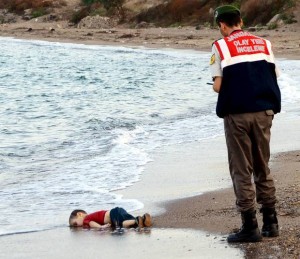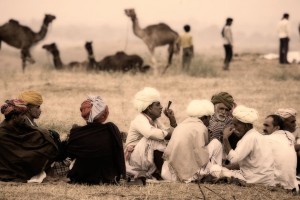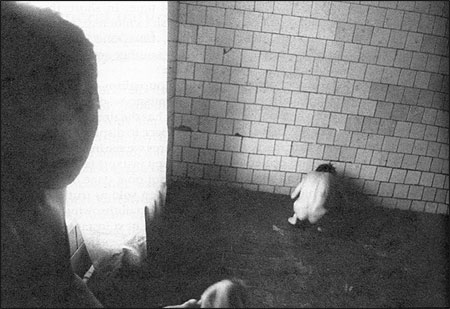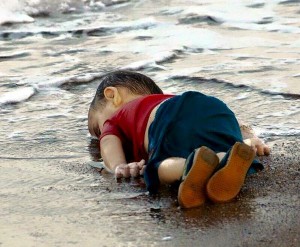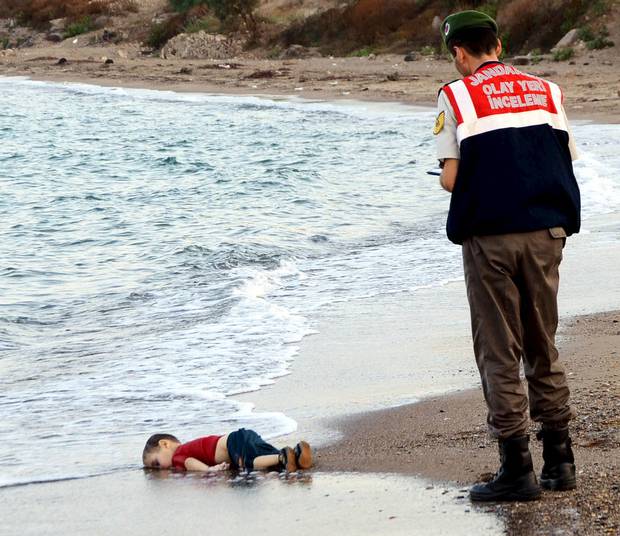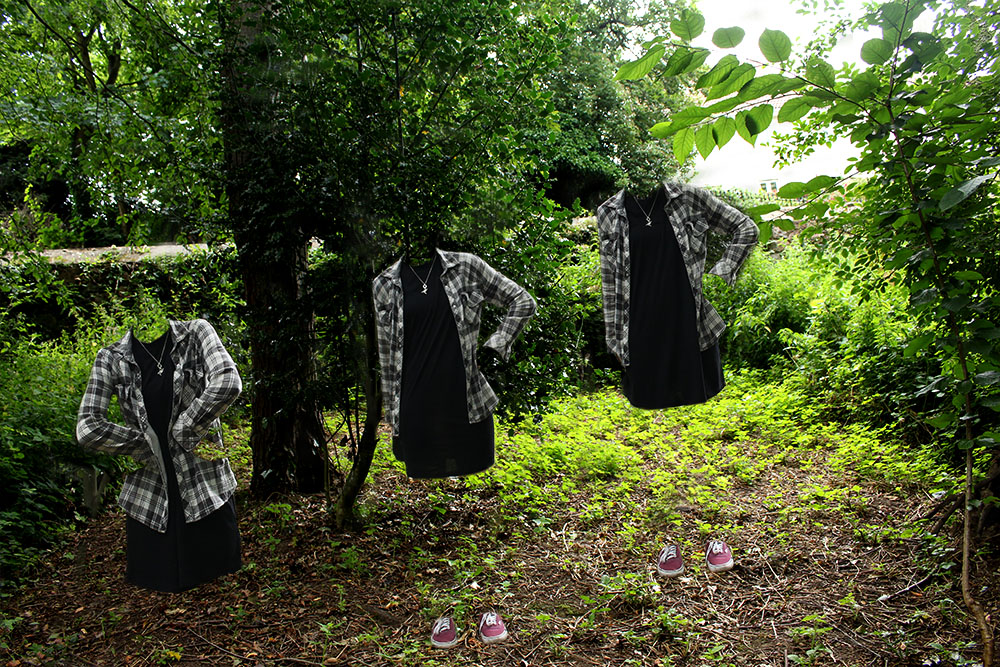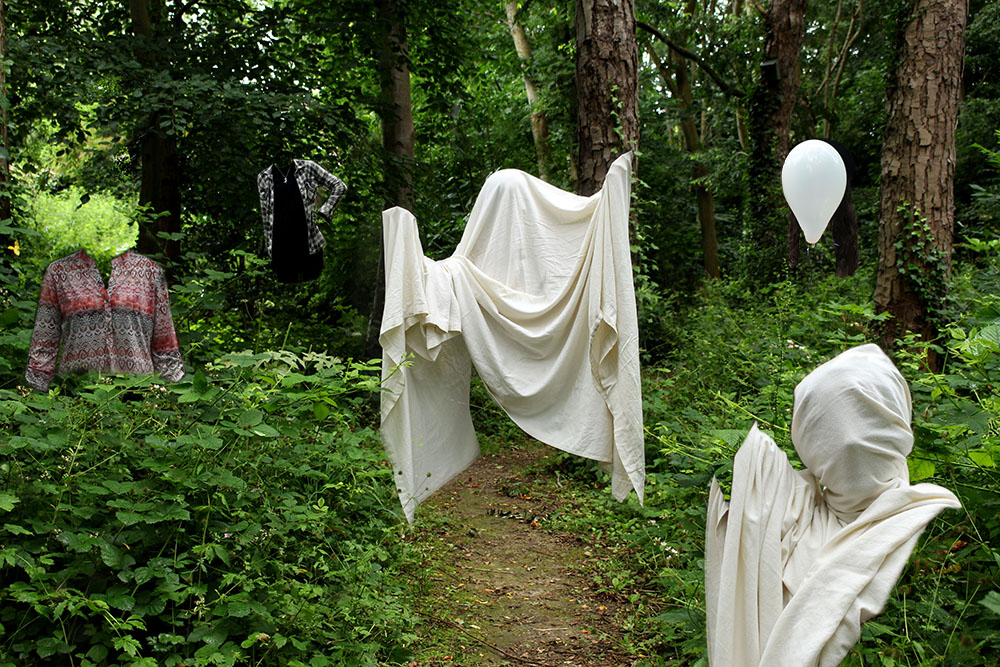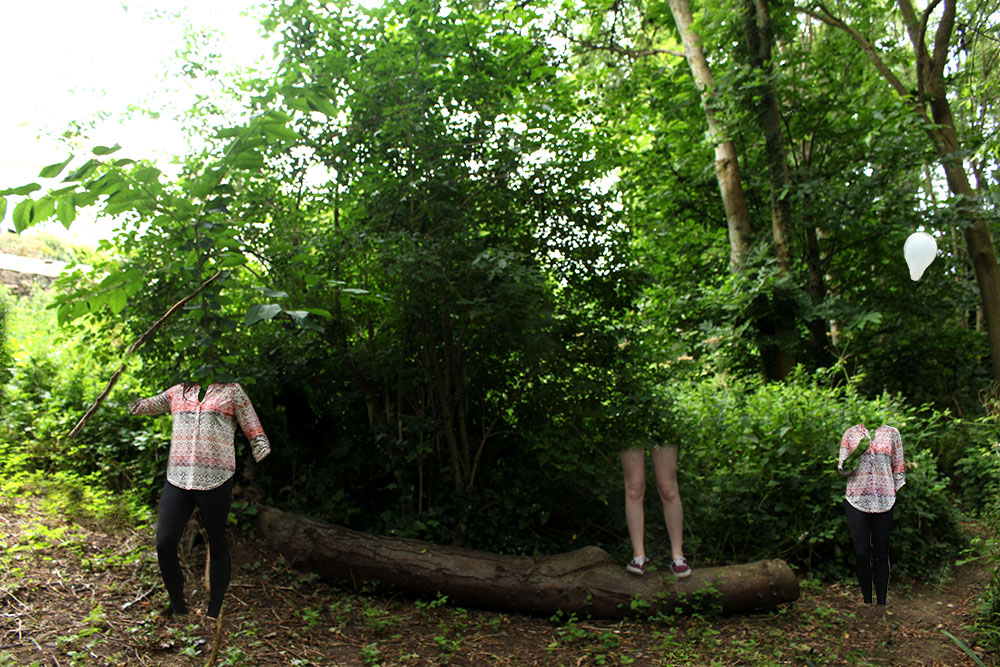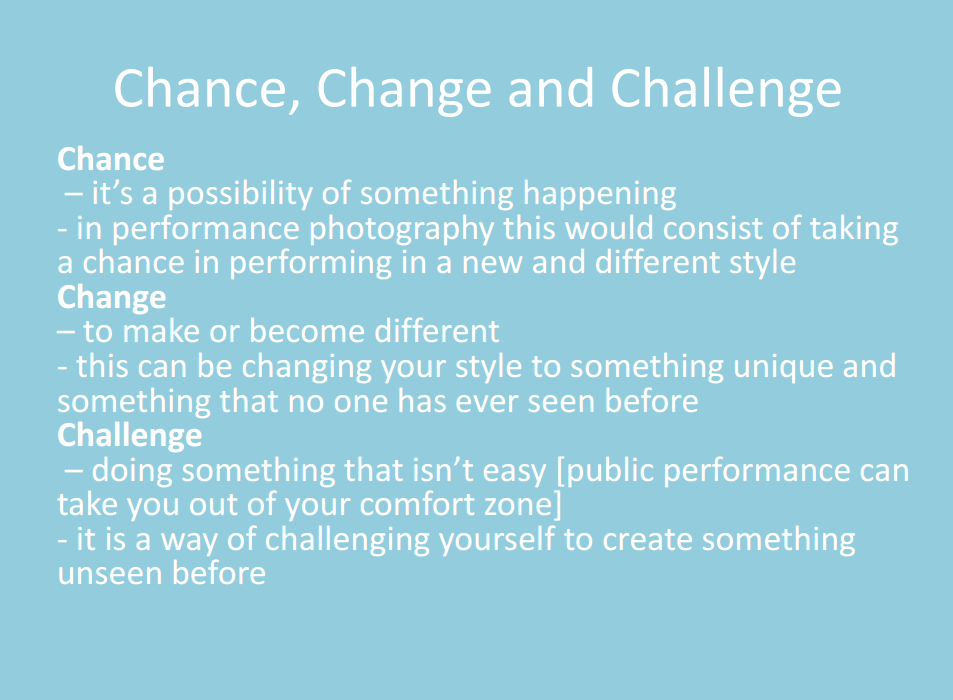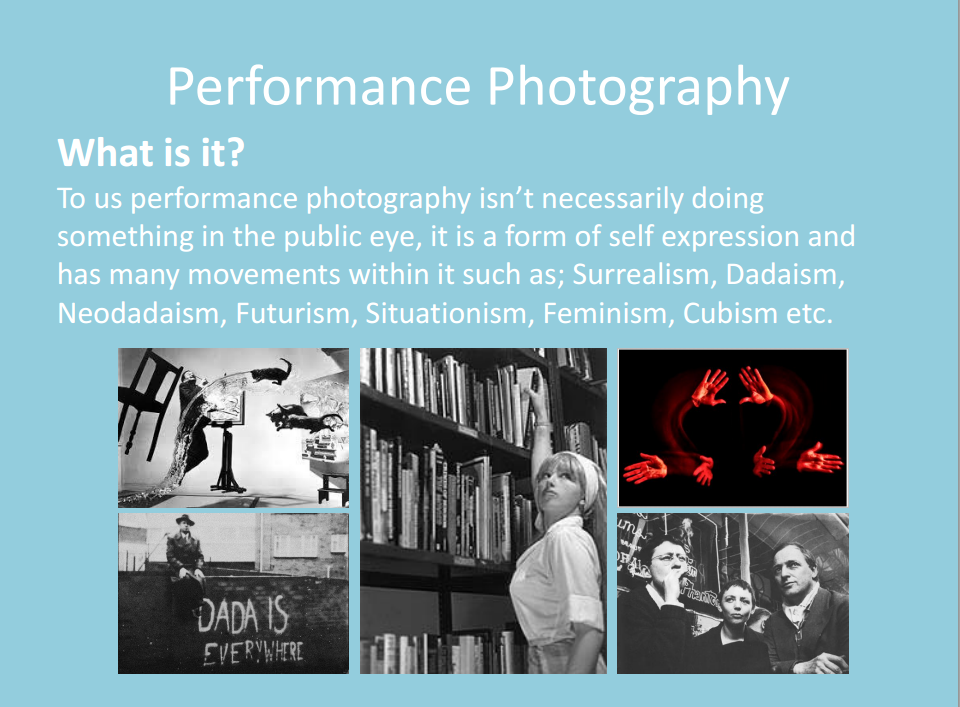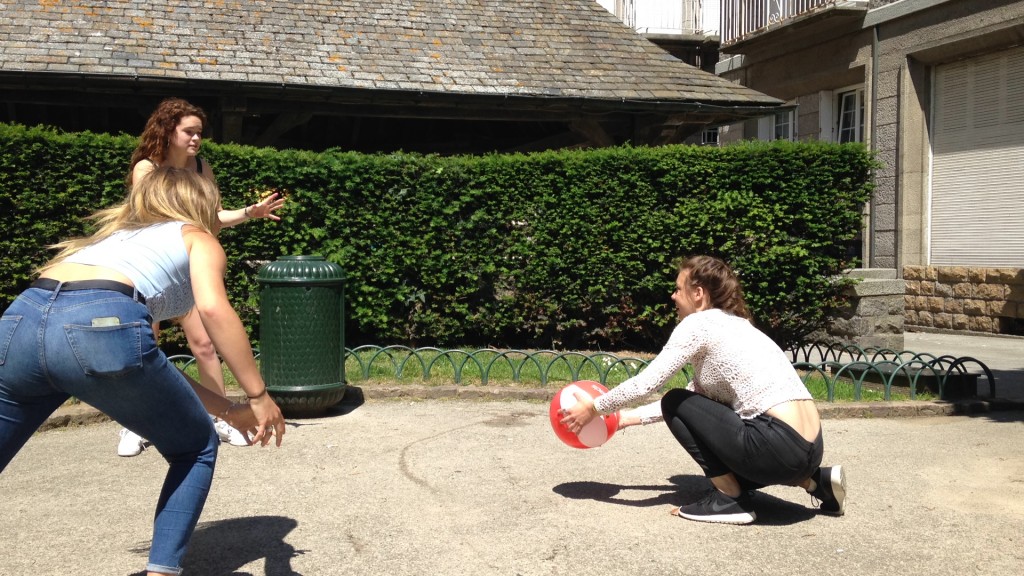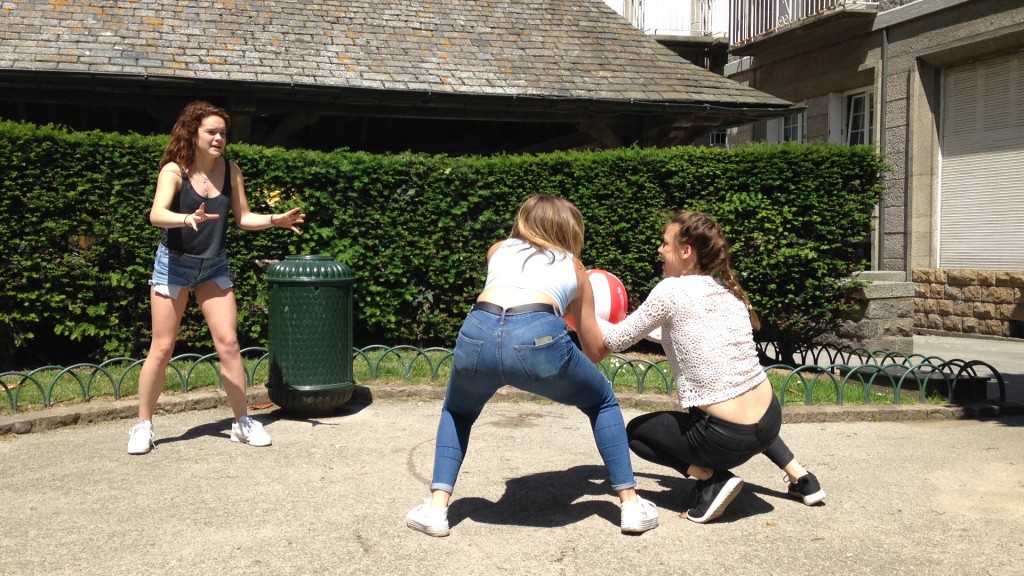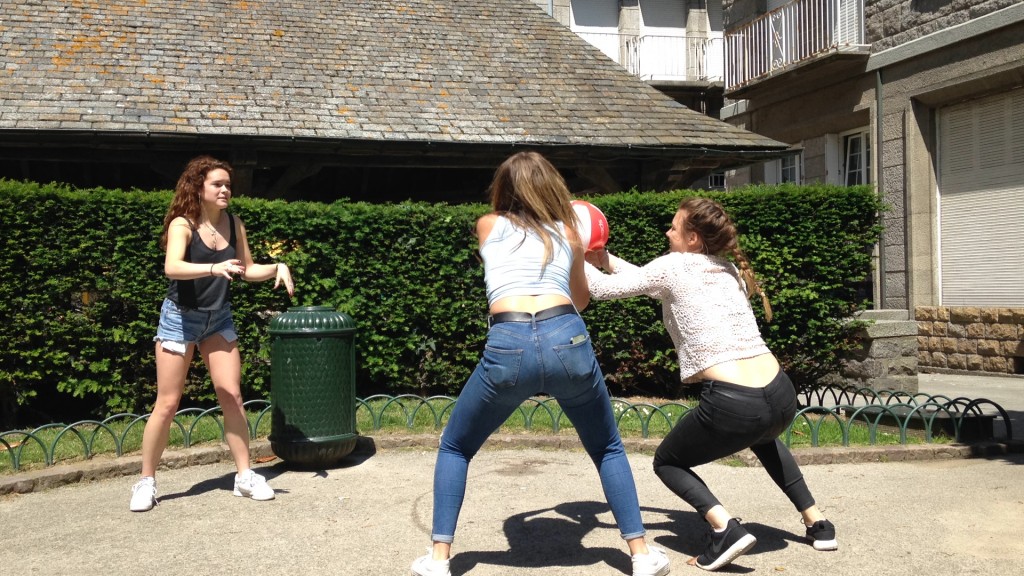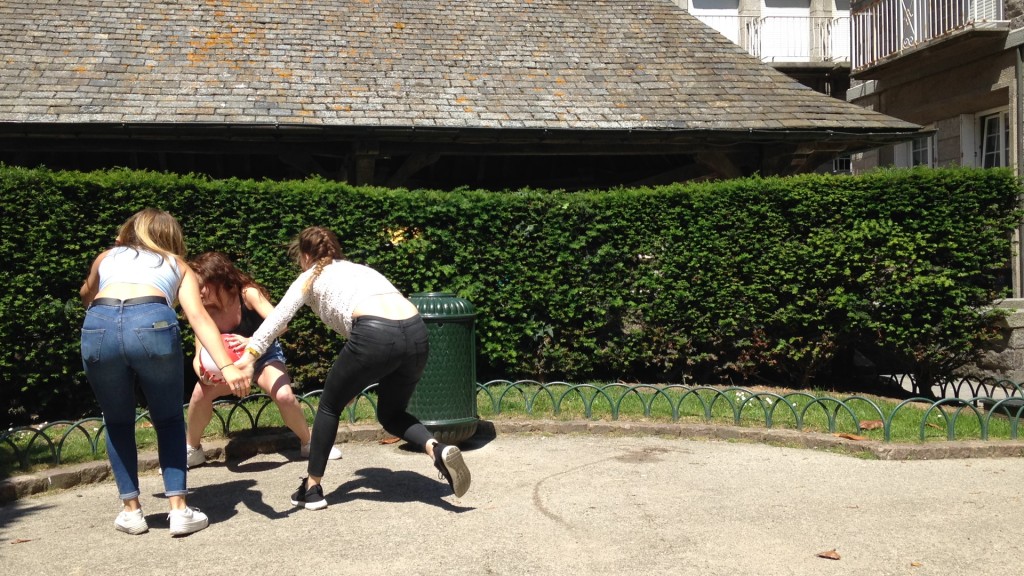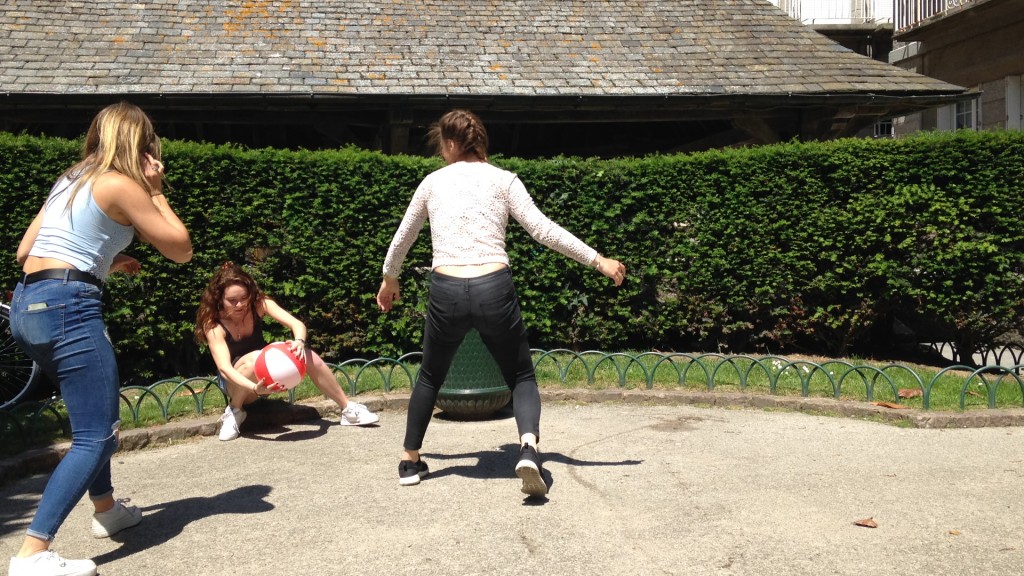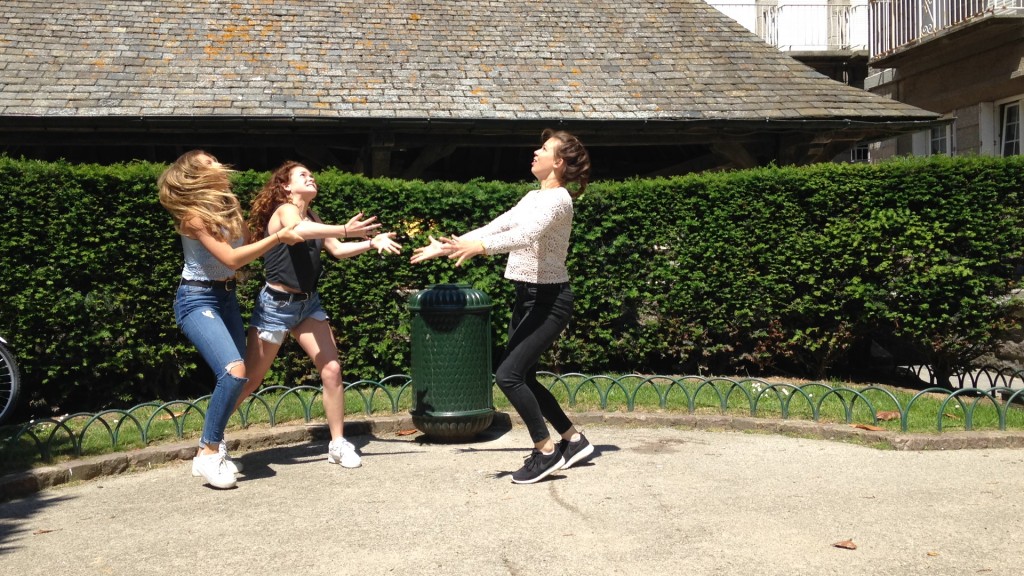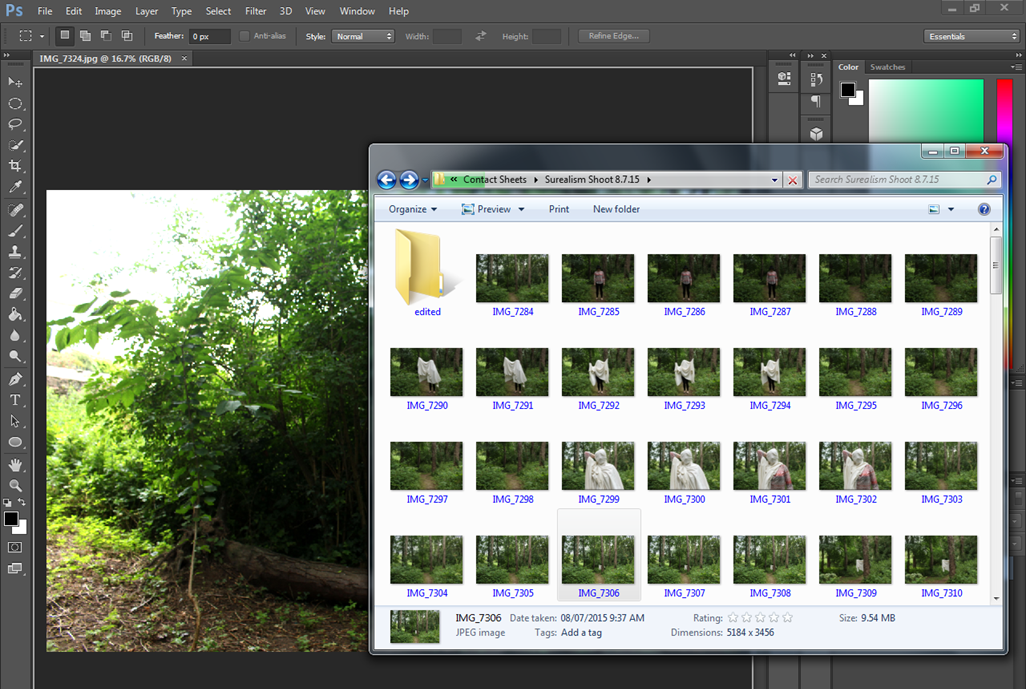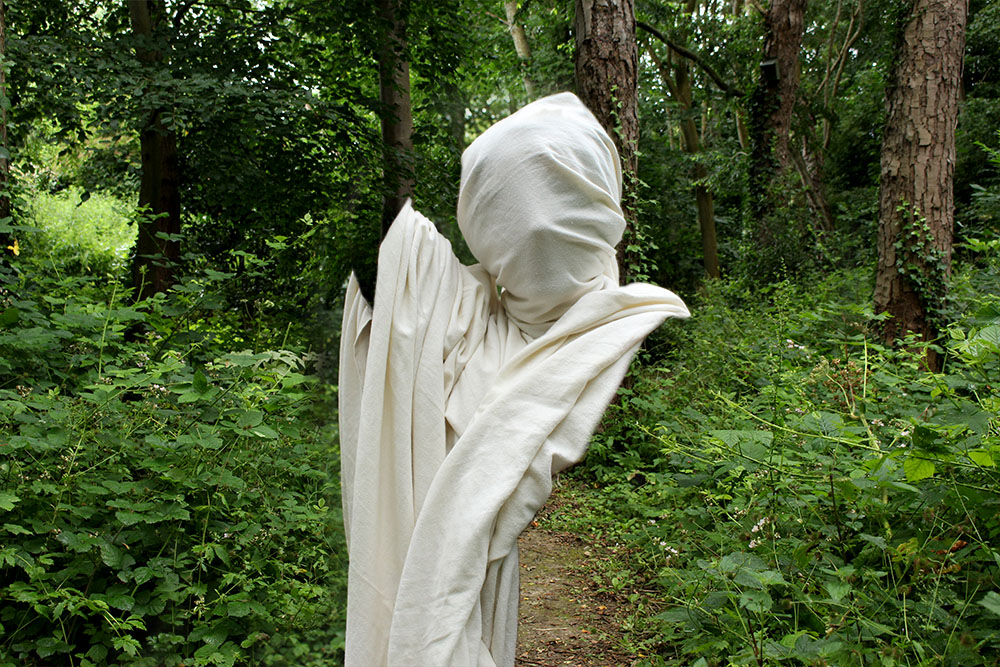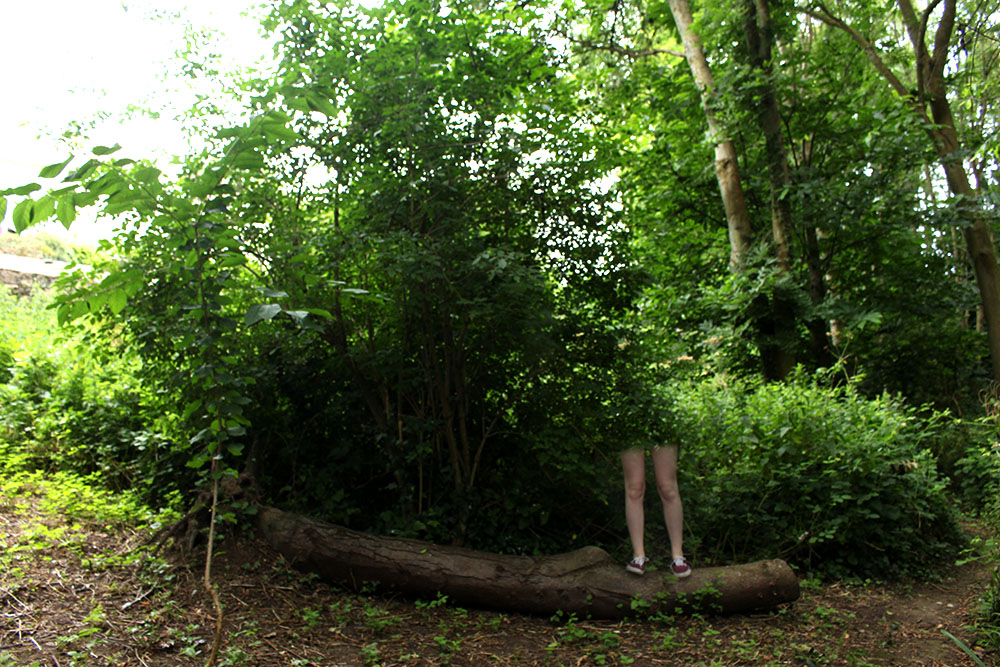“The media’s the most powerful entity on earth. They have the power to make the innocent guilty and to make the guilty innocent, and that’s power. Because they control the minds of the masses.” – Malcom X
The rise of technology has greatly advanced the way news is spread. 50 years ago, people had far less options than today concerning where to receive news information. In 1960 for example, the majority of people simply had a choice of a few newspapers, a radio station, and if lucky, a television set. The role of being a journalist and a member of the public could be separated easily. Nowadays however, people have greater options, exposure and access to the media. The power of social media means that literally anyone with smartphone, tablet, or laptop can report on what they choose, and so defining journalist is almost impossible.

Technology has given people more power than ever before, but are we using this to empower ourselves?
My personal opinion is that a proper journalist must be a trustworthy individual, someone who puts their own interests aside to report fairly, with well justified facts and information. All information is to some degree partial, and everything does to some extent display bias. As long as an clear attempt at reporting fairly and honestly is made, then I would argue a news article is credible.

The Sun’s headline in the aftermath of the Hillsborough disaster of 1989 made extreme accusations about Liverpool supporters. These reports were proven to be falsifications and lies. The Sun settled for a sensationalist headline instead of reporting on the truth.
One of the most powerful means of swaying public opinion in the last 100 years is the use of propaganda. Such a means is an act of public deception, designed to champion a particular cause or demonize another, ranging from the campaigns of Joseph Goebbels in the 1930s and 1940s to gain mass support for Adolf Hitler’s Nazi Government, to daily influxes of political propaganda videos designed to scare individuals into joining and supporting small often nationalist organisations.

Nazi Propaganda campaigns were designed to gain support for Adolf Hitler and his Government
Far-right extremist group, Britain First, edited and put out a propaganda recruitment film, claiming with no substantiating evidence that Islam ‘will take over the Europe by 2050’, as a result of ‘Islamic Immigration’ into Europe at a rate of 90% (untrue), along with high birth-rates of 8.1 (also untrue). The video is clearly designed to scare ill-informed people to join a violent, racist organisation that does nothing but build further ignorance and intolerance against Islamic people, the overwhelming majority of whom are moderate individuals, putting them in the same category as extremists, who make up less than 1% of the worldwide Muslim population. The leader, Paul Golding, is an ex-member of the notorious British National Party (BNP), who has been convicted of harassment, and arrested numerous times for inciting violence and hate. Golding is a hypocrite, denouncing extremism whilst at the same time a member of an extremist organisation in its own right. The video takes the issue of Islamic Extremist completely out of context using falsification to create fear and incite hate.
Examples like this severely taint the credibility of modern journalism, and are dangerous as they scare ordinary people who don’t know any better.
It is not just small scale extremists who abuse this right of information. Mainstream popular organisations can in some cases be equally as guilty of spreading propaganda and falsification.
For example, the Daily Mail, a politicallyaligned organisation, were seen to vilify the actions of newly elected Labour Leader Jeremy Cobryn for refusing to sing the national anthem at a recent memorial service for British Armed Force Vetrans. An article full of statements such as ‘Veterans today turned on Jeremy Corbyn and called him ‘bigoted and small minded’ after his refusal to sing the national anthem’ and uncomplimentary statements such as ‘Mr Corbyn, who was dressed in non-matching jacket and trousers and had failed to properly button his shirt’, implied that he is a disgraceful, cold-hearted individual who does not respect the service veterans gave to his country. In actual fact, Corbyn’s refusal to sing was based on his anti-monarchist views, and he in fact stated his support for the armed forces, “The heroism of the Royal Air Force in the Battle of Britain is something to which we all owe an enormous debt of gratitude”.
http://www.dailymail.co.uk/

Is this man being demonised for his actions, or for his political views?
Regardless of whether you view Corbyn and right or wrong for what he did, it cannot however be denied that the Daily Mail used this event, and took it out of context to shame a rival of the Conversation Party, as unpatriotic. Is this journalism? or an untrustworthy and biased view of events? I would argue to the extent that this is an abuse of influence and power.
Journalists, and therefore Photojournalists have an moral duty not to deceive or exaggerate. An opinion is acceptable as long as the actual reporting does not reflect this. It is important that people don’t just settle with what they read, watch or view, instead people must interrogate every piece of information given to them to make up their own minds.
It must be true ….

